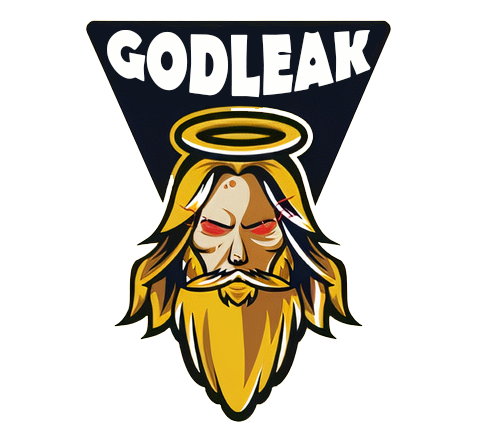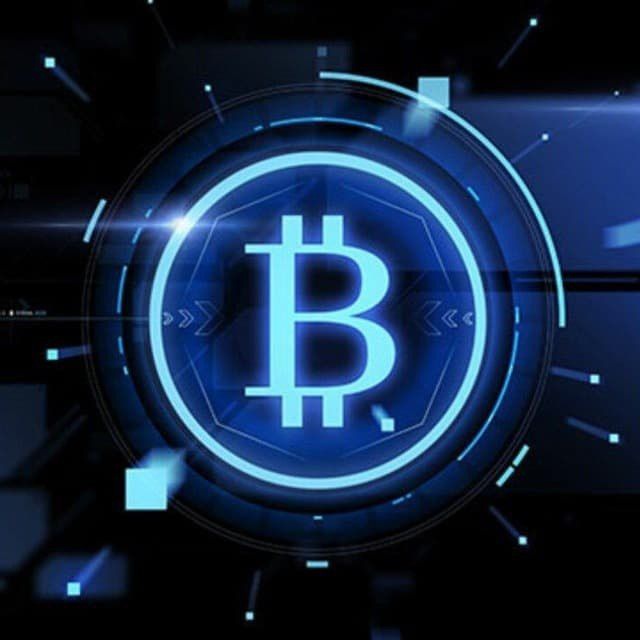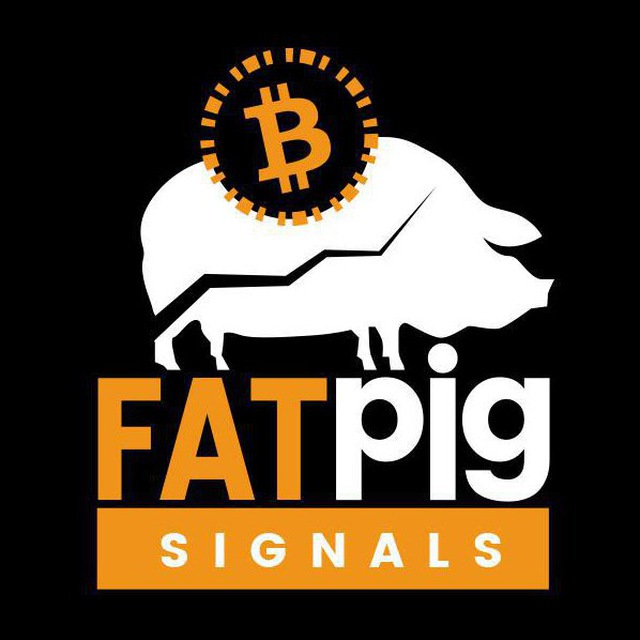Understanding Arbitrum And Layer 2 Scaling
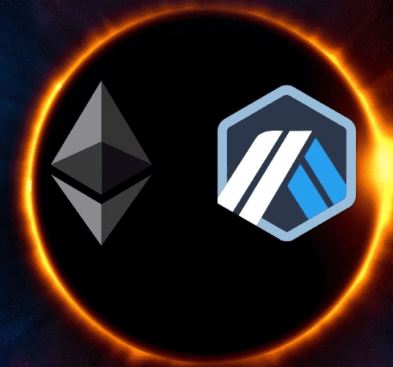
In Ethereum’s ever-expanding Layer 2 scaling solutions, Arbitrum is still a significant player, working to eliminate excessive transaction fees. What does this layer-2 scaling solution consist of, and what makes it unique? Let’s find out by reading the article that follows.
What Are Layer-2 Scaling Solutions?
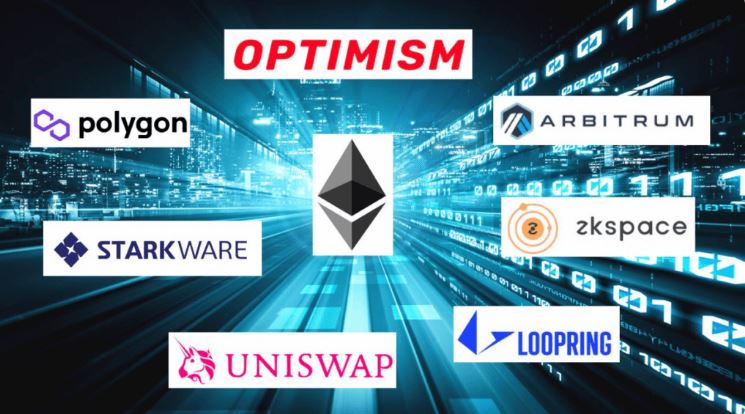
A blockchain would ideally be able to process many transactions per second, or throughput, also abbreviated as TPS.
But like many other blockchains, Ethereum has come to a point where scaling is now a problem. Ethereum is expected to process 30 TPS, or 500,000 transactions per day, by the summer of 2022. In contrast, Visa’s payment system can process up to 150 million transactions daily and 65,000 TPS, far exceeding Ethereum’s capacity.
The blockchain will experience network congestion (which can take hours to process) and extremely high gas fees once it reaches its limit.
By offering a blockchain respite without increasing block size or introducing other measures that could interfere with capacity decentralization and high-security technology, scaling solutions can address the issues raised above.
By processing transactions on a third-party network rather than the Ethereum mainnet (Layer-1), this solution seeks to address the blockchain’s scalability issue. By doing this, it not only reduces the workload on the mainnet but also upholds the decentralized nature of the underlying blockchain and the same security standards.
Get to know Godleak
Godleak crypto signal is a service which comprise of a professional team. They tried to provide you signals of best crypto channels in the world.
It means that you don’t need to buy individual crypto signal vip channels that have expensive prices. We bought all for you and provide you the signals with bot on telegram without even a second of delay.
Godleak crypto leak service have multiple advantages in comparision with other services:
- Providing signal of +160 best crypto vip channels in the world
- Using high tech bot to forward signals
- Without even a second of delay
- Joining in +160 separated channels on telegram
- 1 month, 3 months , 6 months and yearly plans
- Also we have trial to test our services before you pay for anything
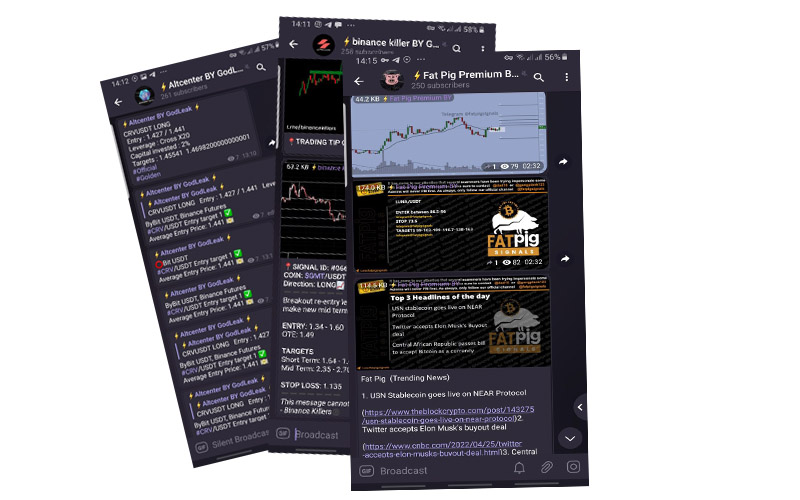
For joining Godleak and get more information about us only need to follow godleak bot on telegram and can have access to our free vip channels. click on link bellow and press start button to see all features
https://t.me/Godleakbot
Also you can check the list of available vip signal channels in the bot. by pressing Channels button.
What is Arbitrum?
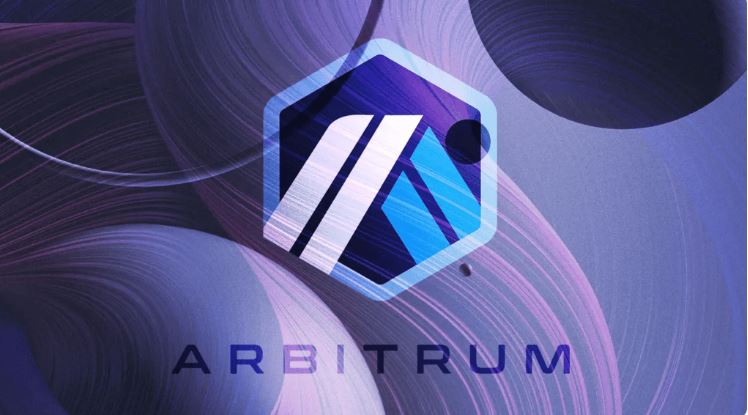 In 2021, Offchain Labs released Arbitrum One, a Layer 2 (L2) scaling solution for Ethereum. Like any scaling solution, this layer-2 aims to lower transaction fees and boost the capacity to process thousands of transactions per second. For significantly higher throughput, it removes computation and contract storage from the Ethereum main chain. Arbitrum only charges a few cents for each transaction.
In 2021, Offchain Labs released Arbitrum One, a Layer 2 (L2) scaling solution for Ethereum. Like any scaling solution, this layer-2 aims to lower transaction fees and boost the capacity to process thousands of transactions per second. For significantly higher throughput, it removes computation and contract storage from the Ethereum main chain. Arbitrum only charges a few cents for each transaction.It uses Layer 1 (L1) privacy and security features despite being a separate blockchain and forwards all transaction data to the main Ethereum chain. Furthermore, since Arbitrum supports the Ethereum Virtual Machine (EVM), developers can easily integrate it without making any modifications.
Outstanding Features Of Arbitrum
The introduction of numerous networks offered the chance to fix Ethereum’s issues. Some of these networks include Polkadot (DOT), Cardano (ADA), and EOS (EOS), which are independent blockchains supported by Proof of stake (PoS) protocols and aim to address the Ethereum network’s scalability and extensibility problems.
By introducing the Ultimate Compilation of Arbitrum, which enables smart contract validation, Arbitrum acts as a separate layer of the network to reduce the amount of redundant transactions on the ETH mainnet.
As of right now, the Arbitrum mainnet is EVM (earned value management) compatible, allowing developers to create DApps without having to learn a new programming language.
While allowing smart contracts to be validated in batches and rewarding validators for their work, Arbitrum One also aims to lower fees.
Why Arbitrum?
Making Ethereum Affordable
With the help of the most secure and decentralized blockchain in the world, Arbitrum wants to give users access to a variety of DeFi applications. Token swaps on this network currently cost about 0.6 cents, compared to $15.00 on Layer 1 at the time of writing.
To monitor execution costs on the Arbitrum chain, Arbitrum uses ArbGas. The computational cost is the total of the ArbGas fees of the instructions contained in the Arbitrum VM divided by the Ethereum gas limit. Each Arbitrum VM instruction has an ArbGas price.
As a result, Arbitrum has much lower gas fees than ETH and has no hard ArbGas limit. Although it is initially set to 0, this fee is typically charged to cover the costs associated with those validating this chain.
Your portal to DeFi
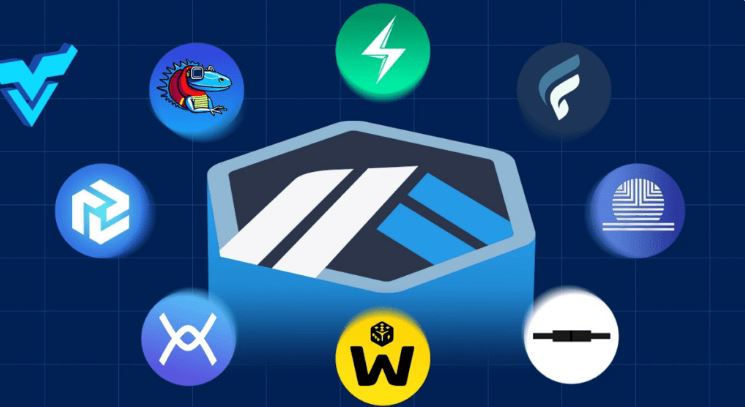
Arbitrum Nitro – Ethereum Accelerator Engine
Nitro was introduced by Arbitrum on August 31. Nitro is a crucial technological advancement for Arbitrum that aims to improve user experience, be more EVM-compatible, lower fees, and speed up transaction times.
Nitro is a brand-new proof that employs WebAssembly (WASM) code to carry out Arbitrum’s traditional interactive fraud verifications.
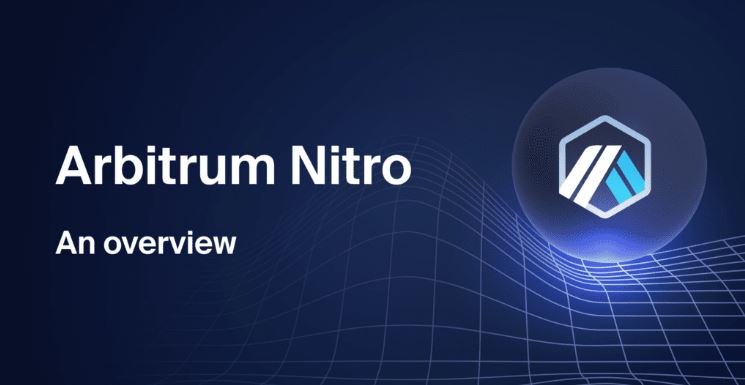
Zooming out, it becomes clear that both classic and Nitro attempt to create an execution environment that is as similar to the EVM as possible, serving as a second layer to the EVM. Ethereum.
Nitro, however, differs from Classic in that it substitutes WebAssembly for AVM for low-level instruction. It includes the most popular Ethereum implementation from Geth and compiles Go code to WASM for deployment to ArbOS. AVM (Arbitrum Virtual Machine), a unique virtual machine, was used by Classic to achieve compilation.
The architecture is a key feature that sets the Nitro apart from the Classic. The AVM connects to the bridge and periodically verifies the L1 and L2 transactional data.
Merge Ethereum and gas fees
By concluding the Ethereum merger at the end of 2022, Ethereum made a significant advancement toward sharding. The Ethereum chain should become less congested as a result of this merger, and transactions should be simpler to confirm. Despite the consolidation, Ethereum’s congestion issue still exists, so Arbitrum and comparable grades will probably gain even more popularity.
In addition to clearing up Ethereum’s traffic, Arbitrum also addresses the issue of gas costs. Gas costs for quick transactions on the ETH network rise in proportion to network congestion. But because contracts are now batch validated, it fixes that issue.

